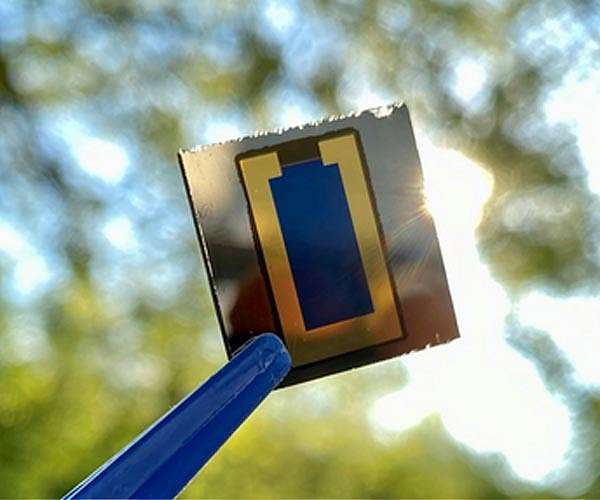Research team reaches important milestone in solar cell efficiency
A research team has created a tandem solar cell with antimony selenide as the bottom cell material and a hybrid perovskite material as the top cell, achieving an energy conversion efficiency of more than 20 percent. This advance highlights the potential of antimony selenide for soil cell applications.
Photovoltaic technology converts sunlight into electricity, providing a clean energy source. Scientists aim to improve the efficiency of solar cells, reaching more than 20 percent in conventional single-junction cells. Exceeding the Shockley-Queisser limit in these cells would be costly, but tandem solar cells can overcome this limit by stacking materials.
The team focused on antimony selenide for tandem cells, traditionally used in single-junction cells. “Antimony selenide is a suitable bottom cell material for tandem solar cells. However, due to the rarity of reported tandem solar cells using it as the bottom cell, little attention has been paid to its application. We have synthesized a tandem solar cell with high conversion efficiency by using it as the bottom cell to demonstrate the potential of this material,” said Tao Chen, professor of Materials Science and Engineering at the University of Science and Technology of China.
Tandem cells absorb more sunlight than single-junction cells, converting more light into electricity. The team created perovskite/antimony selenide tandem cells with a transparent conductive electrode, optimizing the spectral response and achieving an efficiency of more than 17 percent. By optimizing the bottom cell of antimony selenide, they achieved an efficiency of 7.58 percent.
The assembled four-terminal tandem cell achieved an efficiency of 20.58 percent, higher than independent subcells. The tandem cell is stable and uses non-toxic elements. “This work provides a novel tandem device structure and demonstrates that antimony selenide is a promising absorber material for bottom cell applications in tandem solar cells,” said Chen.
The team aims to develop an integrated tandem cell with two terminals and further improve performance. “The high stability of antimony selenide offers great convenience in the preparation of two-terminal tandem solar cells, meaning it can produce good results when combined with quite a few different types of top cell materials.”
Research report:Sb2Se3 as bottom cell material for efficient perovskite/Sb2Se3 tandem solar cells


